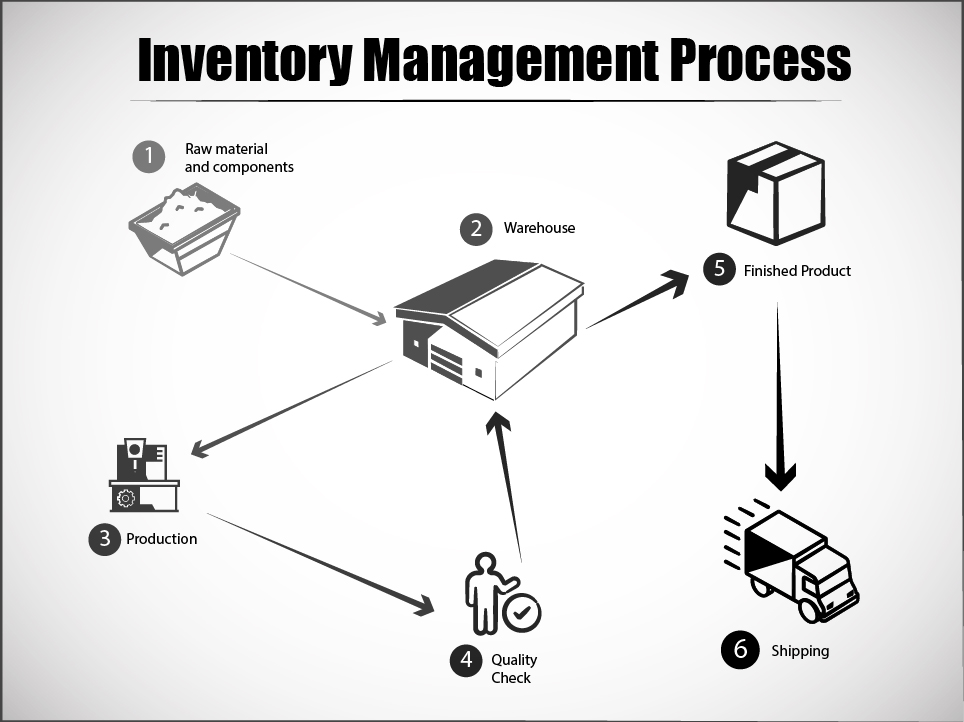Importance Of Inventory And Asset Management In Supply Chain
Inventory and Asset Management streamlines supply chain processes for manufacturing and trading companies.
Inventory and Asset Management: An Overview
Manufacturing and trading companies’ requirements to balance supply and demand can be challenging due to forecast inaccuracies, evolving trends, and changing customer preferences. They need supply chains with efficient inventory and asset management practices to respond to market dynamics with agility at minimal costs. To augment their efforts, manufacturers and traders need asset and inventory management solutions to monitor goods with accurate data for better customer satisfaction.
This blog post highlights the importance of inventory and asset management in the supply chain.
Benefits of Inventory and Asset Management in Supply Chain
- Inventory management reduces shipment delays and other disruptions by providing critical insights into the supply chain processes.
- Enhances transparency in supply chain processes, decreases inventory write-offs and lowers inventory holding costs.
- Effective inventory management practices enable organizations to analyze product requirements and prevent shortages.
- It increases productivity by automating data entry tasks and eliminating human errors.
- Asset management enables the organization to trace the products accurately in different locations.
- Brings more efficiency to the supply chain operations by enabling businesses to analyze the assets closely.
- Businesses can optimize their operations including planning, resourcing, and implementation.
Inventory and Asset Management Processes

Let’s closely evaluate the inventory management processes in a typical manufacturing supply chain
- Material handlers start collecting essential items from the warehouse.
- They are then sent to the production department. Once production is completed, the manufactured products go through a quality check to meet all the definite parameters.
- After clearing the quality test, the finished products are shipped to the desired location.


